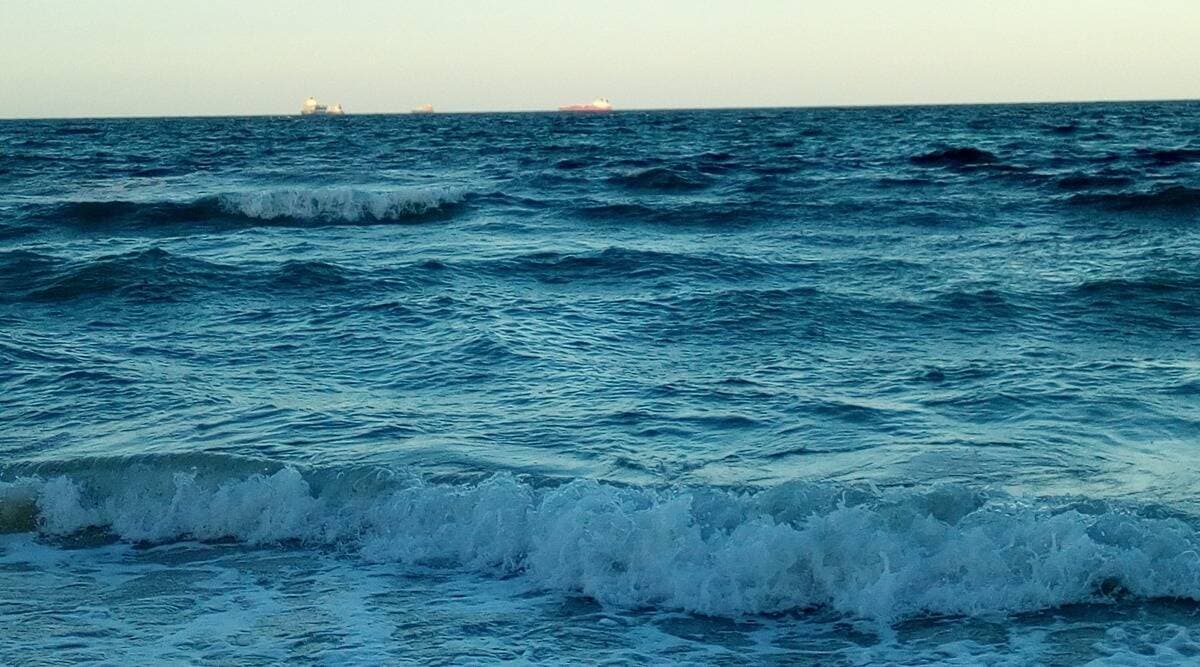 According to the study findings, the tidal wave height could show an increase of 0.4 metres in maximum significant wave heights projected over regions in the North Indian Ocean, northwest Arabian Sea, northeast Bay of Bengal and the South China Sea. (Representational/ Source: Wikimedia Commons)
According to the study findings, the tidal wave height could show an increase of 0.4 metres in maximum significant wave heights projected over regions in the North Indian Ocean, northwest Arabian Sea, northeast Bay of Bengal and the South China Sea. (Representational/ Source: Wikimedia Commons) TIDAL WAVES over one metre crashing the shores are usually triggered by rough sea conditions associated with tropical cyclones. But such waves could become more common along the coasts of the south Indian Ocean, Arabian Sea, the Bay of Bengal and the South China Sea towards the end of this century, a new study has projected.
Even as climate change and warming oceans are becoming additional stressors to the livelihoods of the coastal residents across the world, an increase in wave heights could mean more damage to the local communities. Loss of shoreline and groundwater turning salty are other possible ill effects of tidal waves entering the land.
India — with a vast coastline running over 7,500 km flanked to its west, south and east — has a sizable dense population living along these shores. Seaports and cities like Visakhapatnam, Chennai, Thiruvananthapuram, Mumbai, Panjim, Mengaluru and others are leading hubs for businesses and trade activities via the seas.
The study was jointly conducted by teams led by Prasad Bhaskaran from the Department of Ocean Engineering & Naval Architecture, IIT-Kharagpur and Prashant Kumar, Department of Applied Sciences, NIT-Delhi, and focused on future extreme wind-wave projections with scenarios for around 2050s and 2090s were presented.
According to the study findings, the tidal wave height could show an increase of 0.4 metres in maximum significant wave heights projected over regions in the North Indian Ocean, northwest Arabian Sea, northeast Bay of Bengal and the South China Sea.
- The Indian Express website has been rated GREEN for its credibility and trustworthiness by Newsguard, a global service that rates news sources for their journalistic standards.

